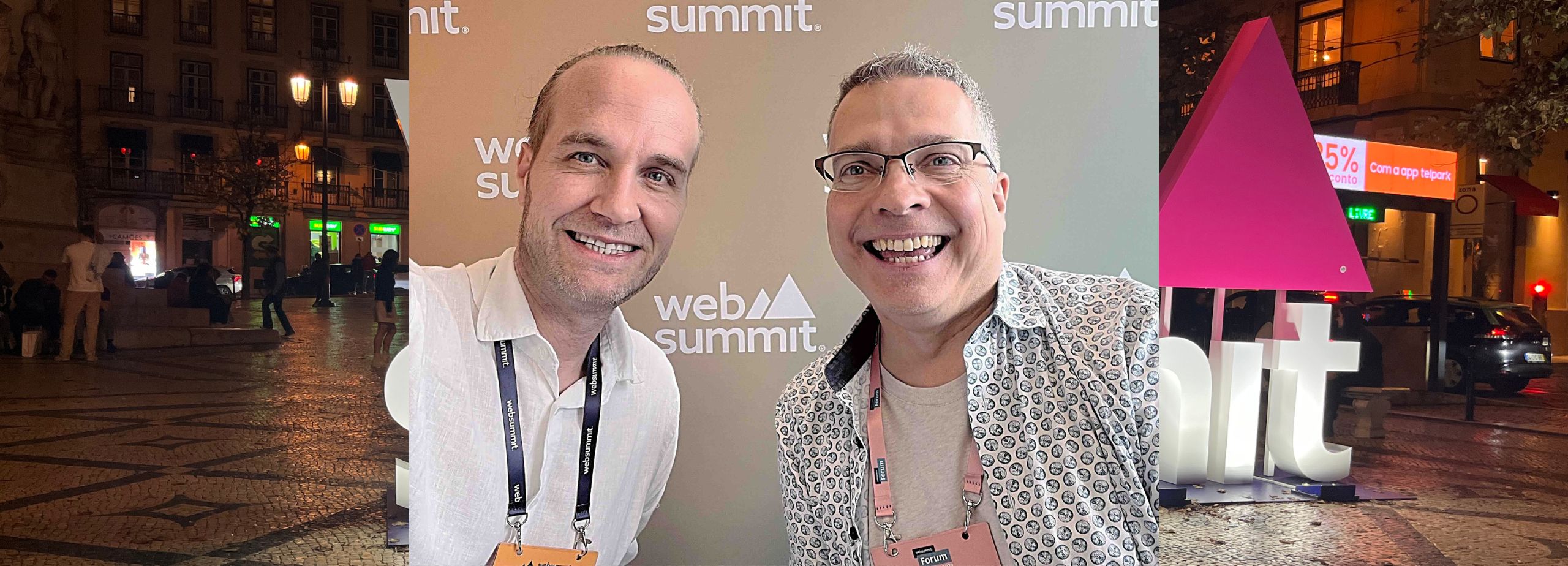In the dynamic world of marketing, old ways like print ads, TV spots, billboards, and digital platforms have been key in bringing brands and people together. But now, Web3 technologies are starting a new chapter in marketing. They mix what we've always done with new, exciting tools that create more personalized, secure, and captivating experiences.
The New Frontier in Digital Engagement
Web3 introduces in a future where digital interactions become more engrossing, secure, and centered around the user. For marketers, this translates into an opportunity to cultivate deeper connections with audiences through increased personalization, transparency, and interactive experiences. This integration does not involve discarding past successes but rather enhancing them with the capabilities of tomorrow.
Enhancing Traditional Marketing with Web3
The convergence of Web3 technologies and traditional marketing channels opens a portal to possibilities for enriching customer experiences while fortifying data security and trust.
- Blockchain: Beyond its financial use cases, blockchain provides a sturdy framework for secure and transparent customer interactions. It safeguards the authenticity of goods, shields user data, and simplifies transactions.
- Smart Contracts: These automated contracts encode the terms of agreements into executable code, streamlining and safeguarding marketing promotions and loyalty initiatives.
- NFTs (Non-Fungible Tokens): NFTs empower brands to forge unique digital collectibles, which can be deployed to offer exclusive content or rewards, thus bolstering engagement and fidelity.
- Cryptocurrencies: Serving as a medium of exchange, cryptocurrencies enable fluid global transactions, diminishing fees, and heightening customer convenience.
- Decentralized Finance (DeFi): DeFi apps can unveil pioneering loyalty and rewards programs, delivering genuine value and utility for customers.
- Decentralized Autonomous Organizations (DAOs): DAOs present an innovative model for community-led marketing, allowing brand decisions and strategies to be shaped by collective user ownership and decision-making.
- Metaverse/AR/VR: These immersive technologies draw customers into engaging brand stories and experiences. For instance, on my Web3 CMO Stories podcast, I offer guests unique 3D R Collectibles minted as NFTs on the blockchain, adding an extra dimension to their digital interaction.
- Artificial Intelligence (AI): AI is pivotal in parsing user data to tailor marketing experiences within Web3 realms. It enables marketers to extract profound insights into consumer behaviors, facilitating the delivery of content and promotions that resonate on a personal level.
Real-World Applications and Advantages
Delving deeper into the examples provided:
- Luxury Brand Authenticity with Blockchain: The AURA Blockchain Consortium, initiated by prestigious brands like LVMH and Prada, employs blockchain to verify the authenticity of luxury goods, solidifying customer trust and allegiance. This blockchain application in marketing transcends security, narrating a story of heritage and excellence that captivates the luxury market.
- Revolutionizing Loyalty Programs with Starbucks Odyssey: This innovative extension of Starbucks' loyalty scheme via NFTs exemplifies how digital assets can enrich customer involvement. Participants earn points and collect digital stamps (NFTs) that unlock access to unique experiences and rewards, merging the tangible with the digital to present a new layer of value and interaction.
- Gucci's Virtual Try-On Experience: By leveraging AR, Gucci introduced a smart solution that narrows the gap between online shopping and the in-store experience, not only increasing customer engagement but also simplifying the buying journey, showcasing the potential of AR in marketing to enhance both functionality and entertainment.
- Overstock.com's Embrace of Cryptocurrency: By adopting Bitcoin payments, Overstock.com tackled significant barriers in international e-commerce related to currency conversion and transaction fees. This pioneering move highlighted digital currencies' potential to streamline e-commerce, enhancing customer convenience and access.
- Walmart's Blockchain for Food Safety: Walmart's initiative to leverage blockchain for tracing perishable goods' supply chain emphasizes the technology's capacity to amplify transparency and safety. Building consumer trust, it also signals a commitment to quality and ethical practices, crucial for modern brand loyalty.
- The Metaverse, a New Domain for Web3 Marketing: The Metaverse, a dynamic and interactive virtual space, provides vast opportunities for immersive brand experiences. For instance, Nike's Nikeland within Roblox is an outstanding example of how brands can create enthralling virtual spaces that blend online interaction with real-world effects. Highlighting the possibilities within this digital landscape, the Metaverse Fashion Week 2023 showcased BOSS's virtual showroom. This event, hosted on Spatial, offered fans an engaging and interactive experience, demonstrating how the Metaverse can be a powerful platform for innovative marketing.
The Path Forward
The journey to integrate Web3 technologies into conventional marketing channels is progressive. As these technologies evolve, so will their application in marketing. Success hinges on grasping the unique benefits they offer—like improved security, transparency, and engagement—and adeptly integrating them to complement current marketing strategies.
Conclusion
The crossroads of Web3 technologies with traditional marketing channels foretells an exciting horizon for the future of digital engagement. By adopting these innovations, marketers can amplify the customer experience, deepen trust, and explore new creative and interactive avenues. The examples highlighted not only demonstrate the practical applications of these technologies but also underscore the transformative impact on the marketing industry.
This piece first appeared in Corporate Investment Times, which reaches over 5 million readers globally across 65 editions, showcasing leading insights in business and innovation.







